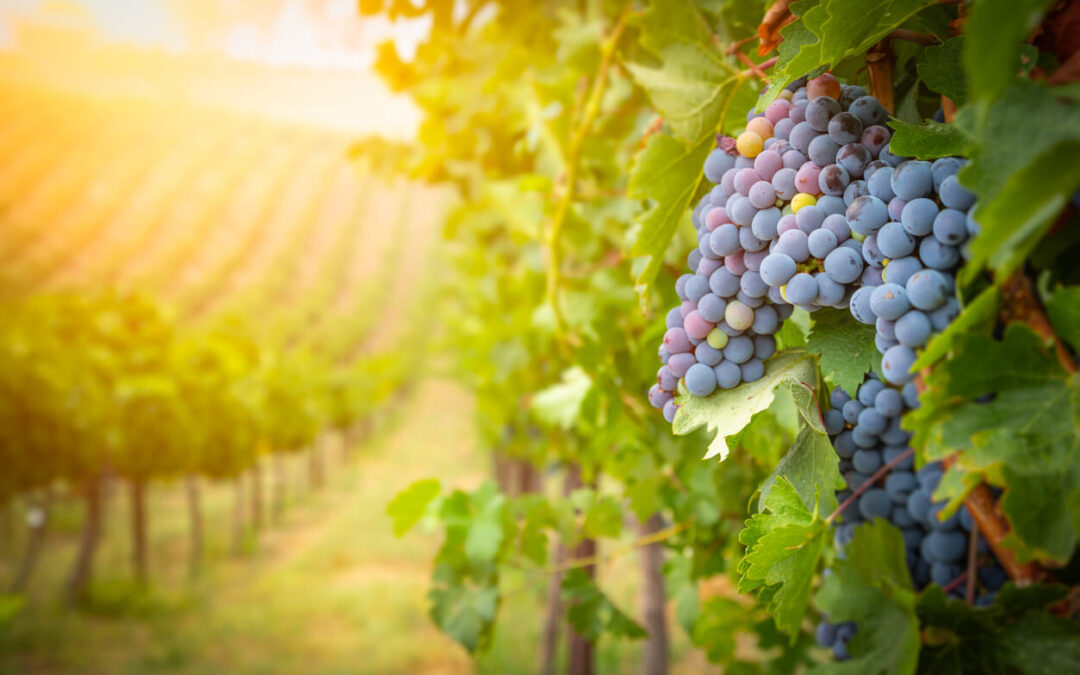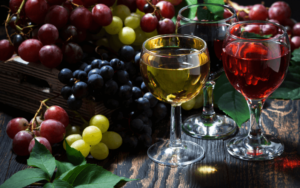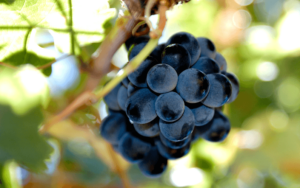Easter brings with it a welcome sense of renewal – the start of warmer days, shared meals, and the time to begin new projects. For home winemakers, it’s also an ideal moment to start a fresh batch of wine. With the spring season now underway, high-quality wine grapes are becoming available, offering a perfect chance to create something handcrafted and meaningful to enjoy later in the year.
Whether you’re making wine for your own table or starting a new seasonal tradition, the grapes you choose will make all the difference.
Why Easter Is a Special Time to Start
Wine has long been a part of Easter traditions, particularly in religious and cultural gatherings. Symbolically, it represents sharing, celebration and new life – all themes that sit naturally within the act of making something from scratch.
Beyond symbolism, Easter also marks a practical time to begin. Grapes imported in spring are fresh, well-handled and ready for fermentation. Starting your wine now means it may be ready to enjoy by summer, just in time for garden gatherings or late-season celebrations. For many hobbyists, the process itself: sorting, pressing, fermenting and bottling becomes part of the seasonal rhythm, offering a satisfying and rewarding way to engage with food and drink from the ground up.
Selecting Grapes for the Style You Want
One of the advantages of making wine at home is the freedom to shape the final product. Whether you prefer something bold and full-bodied or light and aromatic, your choice of grape will define the style.
The following varieties are all imported fresh during the season and offer a solid foundation for home winemaking:
Sangiovese
This versatile red grape is best known for its use in Italian classics like Chianti. It produces medium to full-bodied wines with a good balance of acidity and earthy, red fruit notes. For home winemakers, Sangiovese offers an approachable option that can be enjoyed relatively young or aged for complexity.
Montepulciano
A dark-skinned grape known for its soft tannins and plum-rich character. Montepulciano grapes can yield deeply coloured wines with a smooth, fruit-forward profile. If you’re aiming for a red wine that’s both easy-drinking and satisfying, this is a strong choice for the season.
Shiraz
Often chosen for its bold flavour, Shiraz grapes make wines that are deep, spicy and structured. Expect notes of blackberry, pepper and clove. Although some styles benefit from ageing, Shiraz can also produce balanced wines ready to enjoy within months, making it suitable for enthusiastic hobbyists.
Merlot
Known for its softness and generous mouthfeel, Merlot grapes are popular for producing round, velvety wines with hints of black cherry and plum. It’s a forgiving grape to work with and ideal for beginners looking for something smooth and fruit-led.
Moscato
For those with a taste for lighter wines, Moscato grapes are a brilliant option. They’re naturally aromatic, with floral and citrus notes, and can be used to produce sweet or semi-sweet white wines. Perfect for chilled summer drinking or pairing with dessert.
Trebbiano
A clean, crisp white grape that creates bright, refreshing wines. Trebbiano has been used in winemaking for centuries and suits those who enjoy a dry white with subtle fruit character and a zesty finish. It’s also a good choice for blending if you’re experimenting with small batches.
Signs of Quality When Buying Grapes
To get the most from your wine, starting with the best fruit is key. Even if you’re working with small quantities, well-handled grapes make a noticeable difference to fermentation, flavour and clarity. Look for:
- Even colouring and consistent ripeness across each crate
- Clean, firm berries with no signs of mould or damage
- A fragrant aroma, which suggests strong varietal character
- Intact stems and bunches that hold their structure during transport
Avoid overripe or soft grapes, which may have started to ferment prematurely or could introduce unwanted microbes.
Getting Started at Home
If you’ve not made wine before, don’t worry – the process is more accessible than many people think. All you need is a suitable space, a few essential tools and a little patience.
Basic winemaking equipment includes:
- A clean fermenting vessel (a demijohn or food-safe bucket)
- A crusher or press, depending on volume and style
- Wine yeast appropriate for the variety
- A siphon, airlock and sterilised bottles
- Campden tablets or other sanitising agents to ensure stability
Once the grapes are crushed and yeast is added, fermentation typically takes one to two weeks, followed by racking, clarification and ageing. Detailed winemaking guides and calculators are readily available, helping you adjust sugar levels, pH and timing depending on your preferences.
Flavour Profiles and Pairings for Spring and Summer
Starting your wine in spring allows it to mature gently as the weather warms. If you’re aiming to enjoy your wine by early summer, opt for lighter styles that don’t require long ageing. Moscato and Trebbiano wines can be bottled in as little as two months, offering something crisp and chilled for warm evenings.
Red wines like Merlot and Sangiovese may benefit from a little more time, but early tasting can be part of the fun – allowing you to explore the evolution of flavour and texture. Once your wine is ready, think about how it pairs with the food on your Easter or summer table:
- Sangiovese and roast lamb with rosemary
- Montepulciano with tomato-based dishes or cured meats
- Merlot with mushroom risotto or soft cheeses
- Shiraz alongside grilled meats or smoky barbecue flavours
- Trebbiano with seafood, asparagus or spring greens
- Moscato with fruit tarts, almond cakes or watermelon salad
Even a simple pairing elevates the experience and highlights the effort that’s gone into crafting something from scratch.
The Joy of Handcrafted Wine at Easter
There’s something meaningful about starting a wine at Easter. For many, the process of transformation – from grape to bottle – mirrors the seasonal message of renewal. It’s a creative, calming and often communal activity, offering something tangible to enjoy in the months ahead.
If you’re planning to share your wine with family or friends, consider bottling with a handwritten label or setting a few bottles aside as gifts. Homemade wine tells a story, and Easter is a fitting time to begin writing it.
Start the Season Right
Whether you’re just starting out or continuing a well-loved tradition, spring is an excellent time to begin a new batch of wine. With quality grapes now arriving in the UK, hobbyists can make the most of the season by choosing varieties that are full of flavour and well suited to small-scale production.
To find out more about seasonal wine grapes available for home winemakers, contact C&M Watermelon Imports Ltd today.



